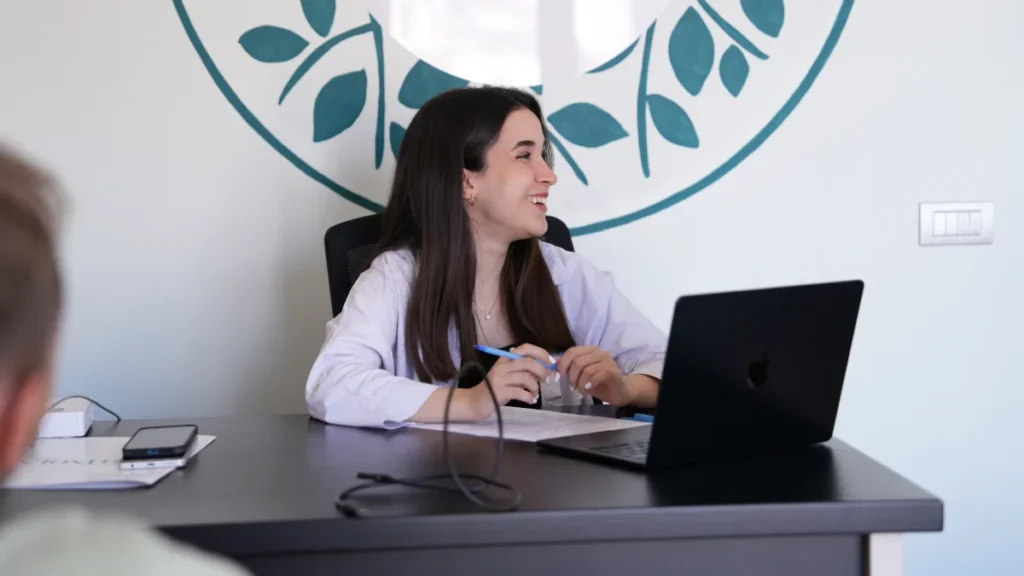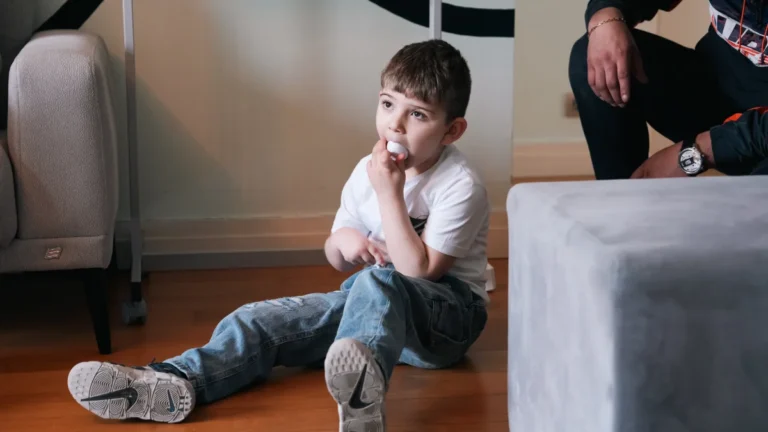The Best Fluffy Pancakes recipe you will fall in love with. Full of tips and tricks to help you make the best pancakes.
Table of Contents
Introduction: Creating a Bridge Between Home and School
For parents of children with Autism Spectrum Disorder (ASD), the school environment can be both an opportunity and a challenge. Teachers play a crucial role in a child’s daily development, and open communication between parents and educators can make all the difference.
When parents share vital information—whether it’s about therapy progress, sensory needs, or social goals—teachers can tailor support more effectively. In some cases, these discussions may also include updates about medical interventions such as stem cell therapy for autism and how changes at home might influence the classroom experience.
Here are three key topics every parent should discuss with their child’s teachers.
1. Your Child’s Sensory Needs and Triggers
Why it matters:
Many autistic children have unique sensory processing patterns. Bright lights, loud noises, certain fabrics, or even strong smells can cause discomfort or meltdowns.
What to discuss:
- Specific sensory triggers and calming strategies that work at home.
- Tools your child uses (e.g., noise-canceling headphones, fidget devices).
- The importance of “sensory breaks” during the school day.
Pro Tip: If you’ve seen changes in your child’s sensory tolerance after stem cell therapy autism success stories or occupational therapy, update the teacher so they can adjust classroom support.
2. Communication Style and Learning Preferences
Why it matters:
Autistic children may process and express information differently—some thrive with visual aids, others with step-by-step instructions.
What to discuss:
- Whether your child responds better to verbal, written, or visual communication.
- How they express discomfort, confusion, or interest.
- Any AAC (Augmentative and Alternative Communication) tools they use.
Pro Tip: Share recent speech therapy progress or improvements you’ve noticed, especially if you’ve integrated home practice with therapies like stem cell therapy for autism or ABA. Teachers can mirror these approaches for consistency.
3. Academic and Social Goals
Why it matters:
Academic milestones and social development often require a personalized approach in autism education. Teachers need to know your priorities so they can integrate them into lesson plans and group activities.
What to discuss:
- Specific academic skills you’re focusing on at home.
- Social goals—such as initiating peer interaction, sharing, or group participation.
- Strategies that have worked in other settings (e.g., therapy clinics, home routines).
Pro Tip: If your child participates in stem cell therapy autism clinical trials or has shown recent progress, provide teachers with examples so they can help sustain momentum in the classroom.

Evergreen Advice: Keep the Conversation Ongoing
This isn’t a one-time meeting—it’s an ongoing dialogue. Progress, challenges, and even sensory tolerances can change over time. Schedule periodic check-ins with teachers, and share updates from other care providers, whether it’s a speech-language pathologist, occupational therapist, or medical team.
Conclusion: Partnership is the Key to Growth
A collaborative approach between parents and teachers creates a more supportive learning environment for autistic children. By discussing sensory needs, communication styles, and shared goals, you ensure that both school and home are working toward the same vision.If you’re exploring advanced interventions like stem cell therapy for autism, keeping your child’s teachers informed can help translate progress into the classroom. Open communication not only empowers educators but also paves the way for your child’s long-term success.






